Rosemary is a fantastic, fragrant herb that enhances the ambiance and taste of any home. Many people, however, face challenges in cultivating it. If your rosemary isn’t flourishing, is growing too slowly, or has yellowing leaves, this guide will lead you through planting and nurturing rosemary for vigorous growth and ample yields.

Key Steps to Successfully Plant Rosemary
Choosing the Right Rosemary Cuttings Selecting the correct cuttings is paramount for successful rosemary cultivation. Prioritize selecting stems that are beginning to become woody. These are mature stems, brownish near the base. Avoid soft, green stems, as they will not root effectively. Upon selecting your stems, cut them carefully from the main plant, making sure they are roughly 4 to 5 inches long.
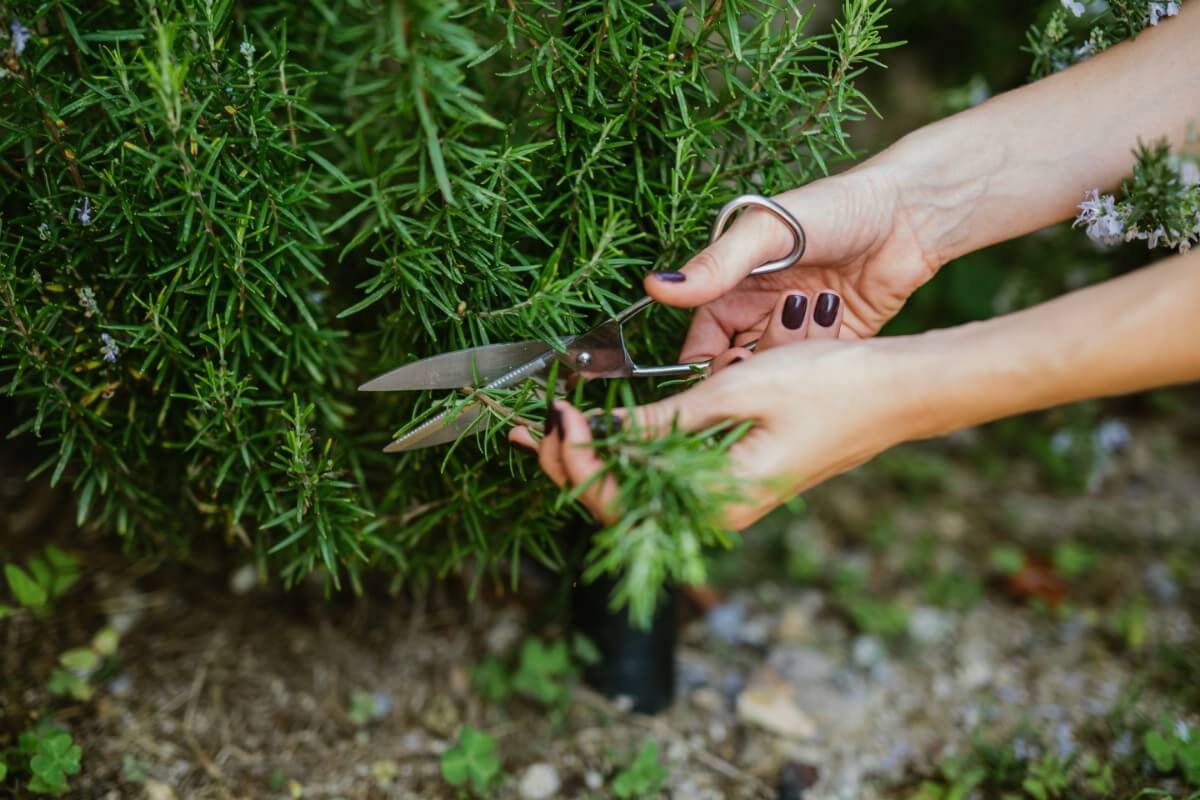
Preparing the Planting Medium A specialized growing medium is necessary for optimal rooting. Begin with pure black soil or standard potting soil, but it’s crucial to avoid adding fertilizer initially. Fertilizers can be overly concentrated and damage developing roots. Incorporate a small quantity of construction sand (used for cement mixtures). This specific type of sand improves drainage, preventing soil compaction. Similar to vermiculite, sand fosters improved moisture retention and facilitates root development. Thoroughly combine the soil and sand until they are fully integrated.
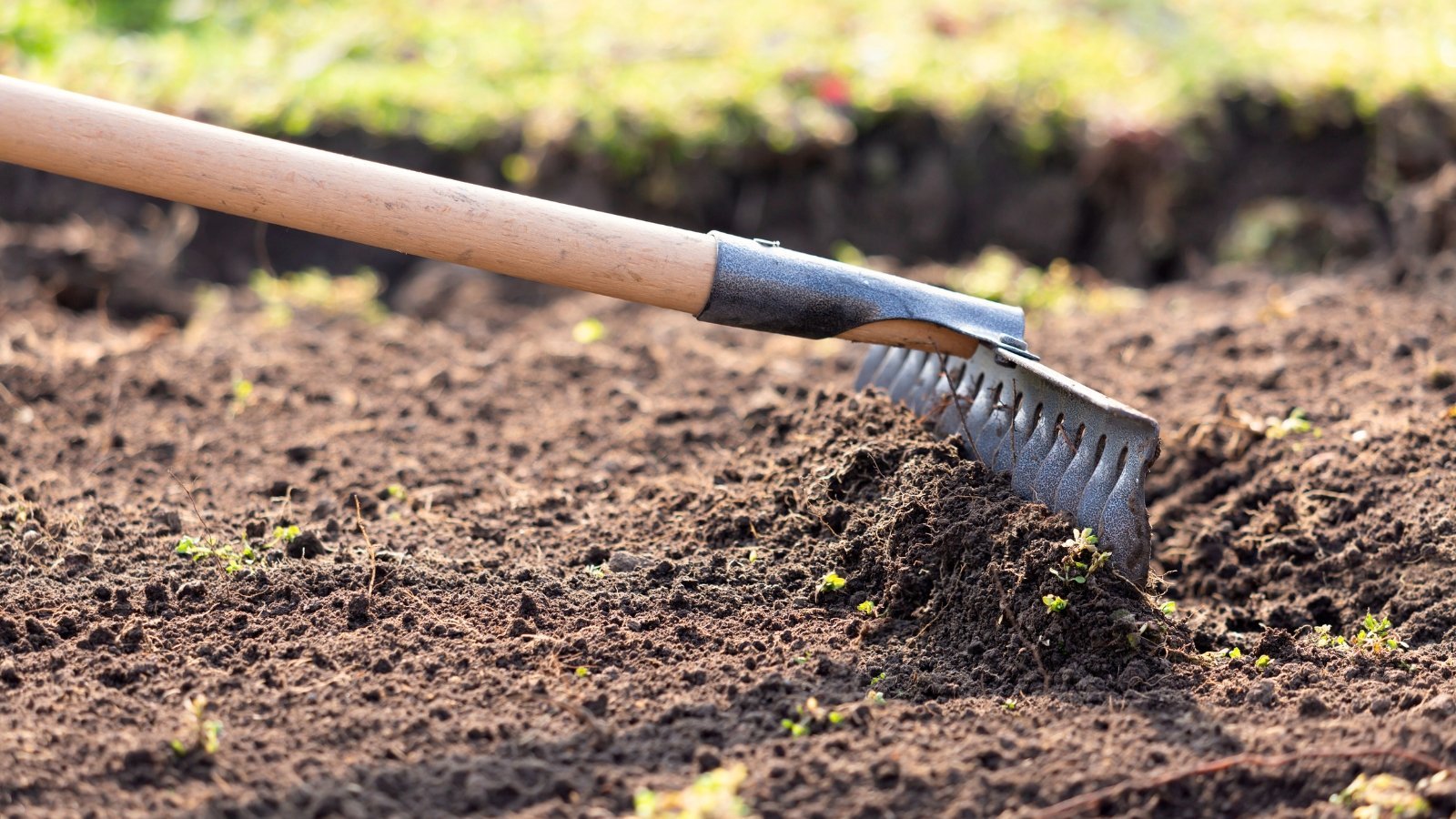
Preparing the Cuttings With your rosemary stems and soil ready, the next step is planting. Cut off any leaves from the stem’s lower section, retaining only the uppermost leaves. This redirects the plant’s energy towards root development instead of sustaining excessive foliage. It is also important to moisten the bottoms of the stems to promote rooting.

Planting the Rosemary Cuttings Now, with your cuttings prepared, planting can begin. Create a small indentation in the soil mix and carefully place the rosemary stem’s cut end within. Ensure the stem stands stable and upright. After planting, fill around it with soil and gently tamp to secure. Place the plant in an indirect sunlight situation, avoiding direct and strong sunlight in order to avoid drying.
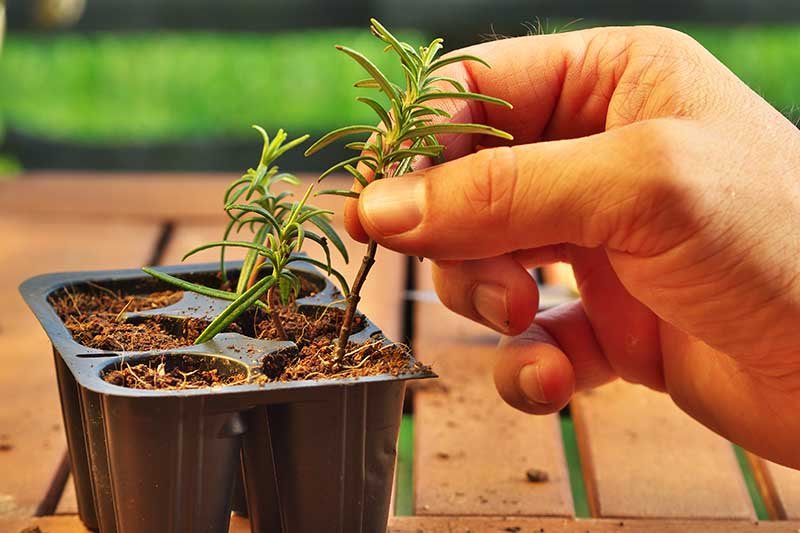
Watering the Cuttings Following planting, immediately water the soil, ensuring it’s damp, not overly saturated. For the initial weeks, daily watering is necessary. Consistent moisture is essential for root formation, so be careful while not overwatering (damp and not wet)

Creating the Ideal Environment for Rooting Position the cuttings in a shaded area, safe from direct sunlight, which can dehydrate them and hinder rooting. Expect to see new growth, like small shoots in around 7-10 days. Keep the cuttings in this partially shaded environment until they are well-established, which can take 30-75 days depending on conditions.
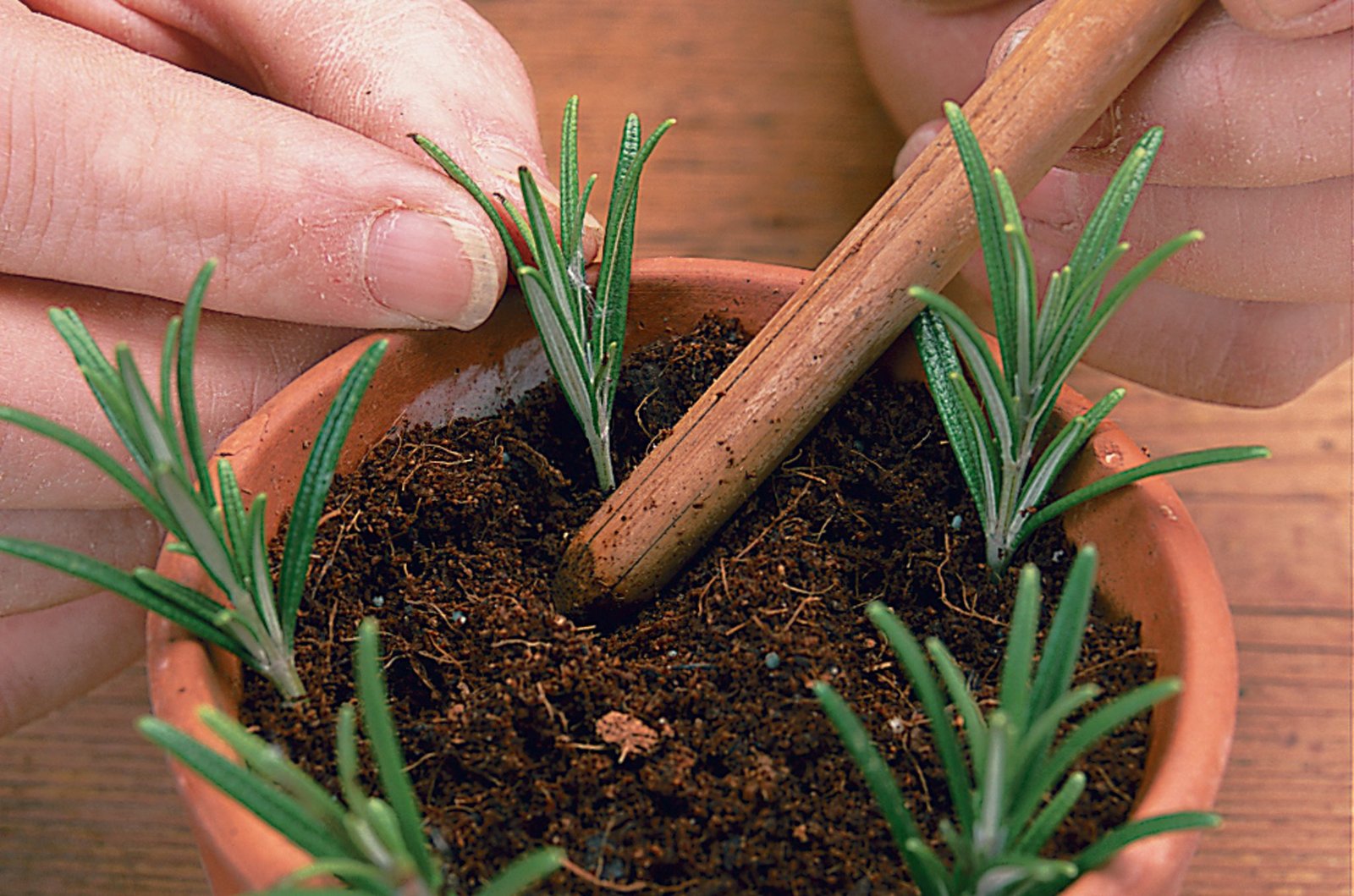
Transplanting the Rosemary Once your rosemary is rooted well, you’ll see stronger growth. When the roots are well established, transplant the plant to a larger pot or directly into the garden. When transplanting, make sure the plant is in a sunny place and the soil drains well, as rosemary grows well when it’s dry and sunny.
:max_bytes(150000):strip_icc()/GettyImages-606759185-7503bcc1803a4fd9ad1976c7b56c4166.jpg)
Benefits of Growing Rosemary at Home
Rosemary provides various advantages in addition to being a lovely garden addition. It enhances cooking, especially Mediterranean food. Some believe Rosemary can also have medicinal effects. Rosemary is thought to help with digestion, concentration, and possibly stress alleviation. You may enjoy a continuous supply of fresh herbs for all your culinary and wellness demands by cultivating rosemary at home.
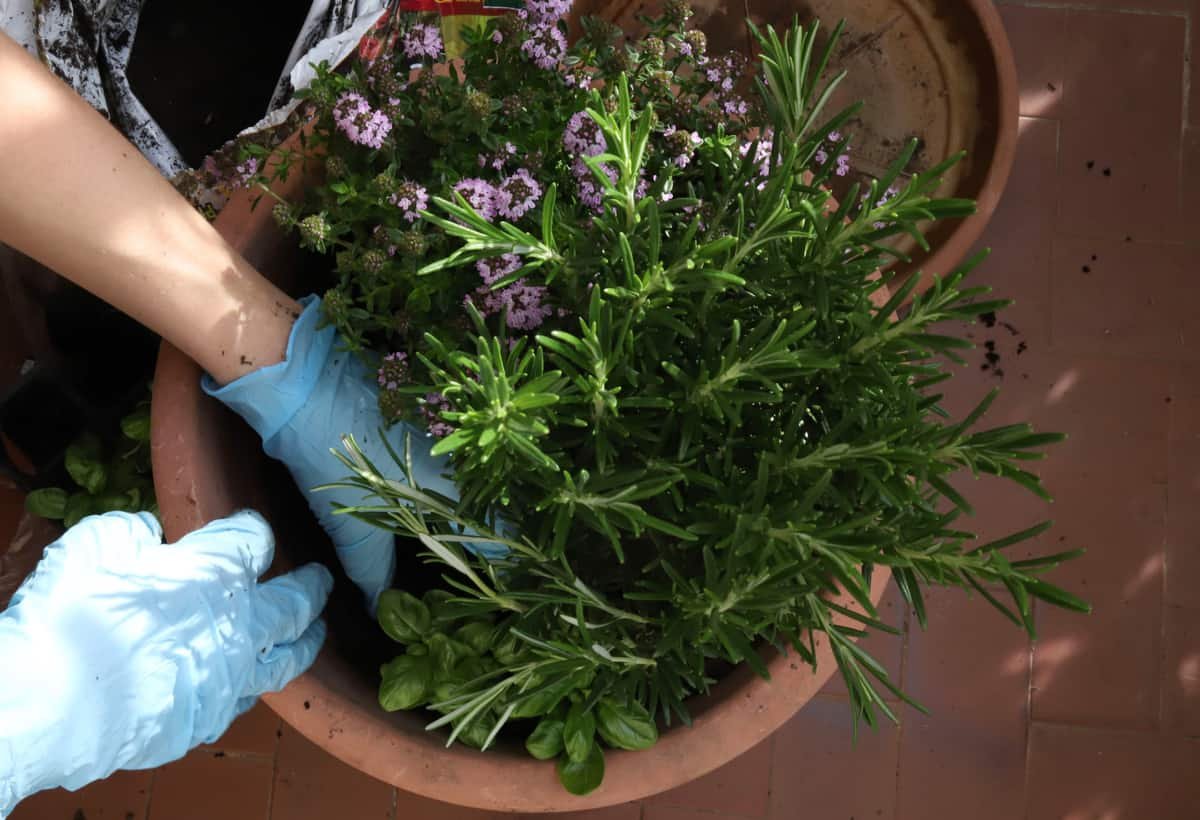
Conclusion
By adhering to these straightforward guidelines, you can cultivate healthy, successful rosemary in your house. Rosemary is an excellent addition to any house or garden, whether you want to appreciate its perfume, use it in cooking, or offer cuttings to others. With only a little patience and care, you will soon have a healthy rosemary plant to appreciate for months to come.

